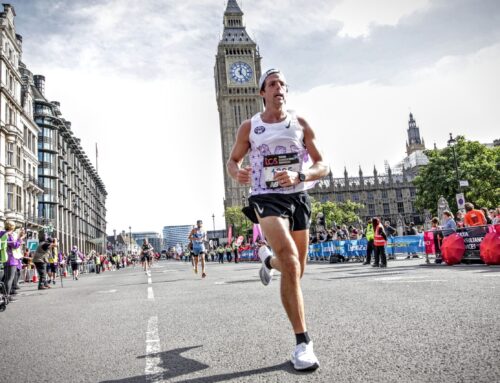More than a decade ago, after losing over 100 pounds, I became obsessed with a simple question: why do people do what they do? That curiosity led me into behavioral science, which provided me with the tools to identify the hidden drivers of choice, the friction points that hold us back, and the subtle behavioral interventions that push us forward. Whether in markets, health, or everyday life, I’ve learned that even the smallest shifts in psychology can have an outsized impact.
But what I’ve realized is that understanding why people behave the way they do is only part of the equation.
Insight alone doesn’t change behavior. What actually moves people is language.
The words we use matter. The right words can build trust, shift perception, and trigger action. The wrong words can kill an idea before it’s heard. That’s why at maslansky + partners, I’ve shifted my focus from research alone to language strategy: bringing together the rigor of behavioral science with the precision of communication.

I’ve seen this play out in my own life. When I lost 100lbs, the breakthrough wasn’t just diet and exercise; it was shifting the language I used with myself. “I can’t eat that” turned into “I choose something better.” With my kids, calling broccoli “dinosaur trees” transformed dinner from a hassle to an adventure. And when I’m 20 miles into a marathon, it’s not my legs that carry me, it’s the words I repeat in my head: “I put in the work, I got this.” Time and again, I’ve learned the words we use don’t just describe our reality; rather, they create it.
As I step into this next chapter, I’ll be sharing ideas at the intersection of behavioral science and language — how words can be designed, tested, and deployed to move people. Because in a world flooded with noise, it’s not the loudest voice that wins. It’s the one who uses the right language.






